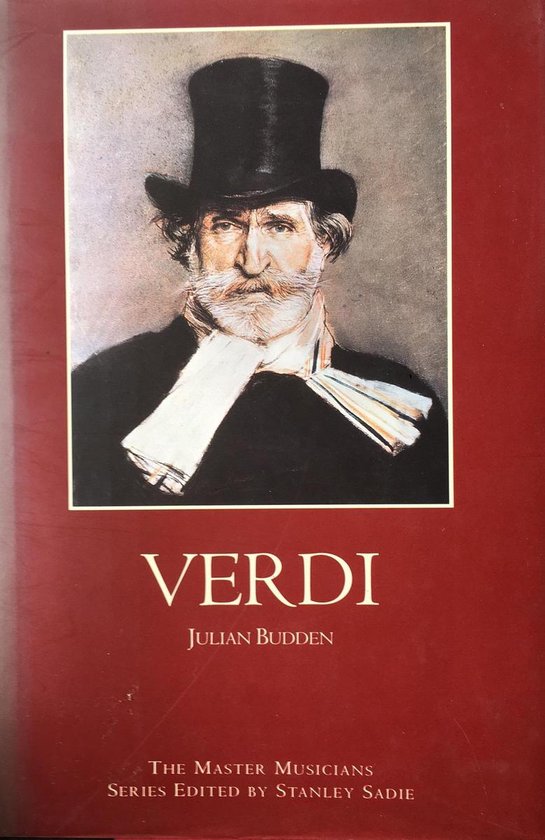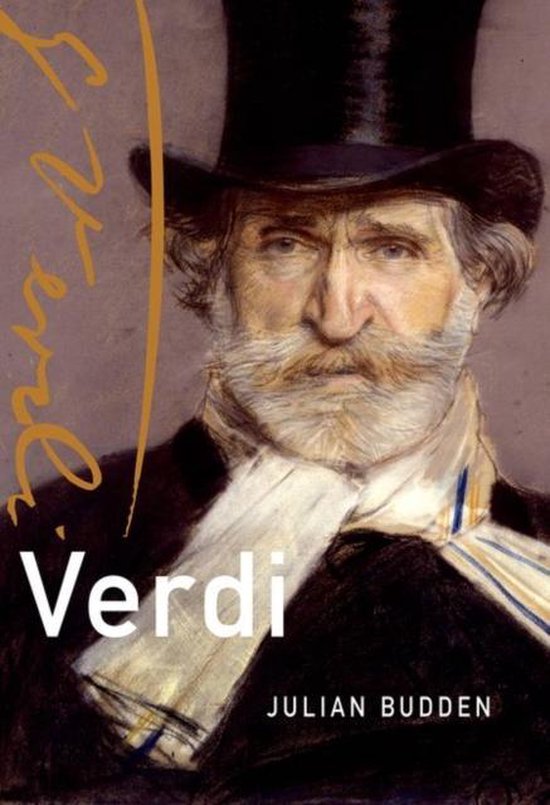
Verdi
The twenty-six operas of Giuseppe Verdi are among the world's best-loved music. In works such as Rigoletto, Il trovatore, La traviata, and Aida, Verdi developed the musical language of Romanticism in a way that still speaks to listeners around the world.
Born in 1813 in a village near Parma, Verdi was the son of an obscure innkeeper. His musical talent was soon obvious, and at the age of nine he became the organist at the village church. Denied entrance to the conservatory in Milan, he studied privately instead and soon had an opera accepted for production at La Scala. His third opera, Nabucco, made him famous throughout Italy; with his fifth, Ernani, he became a celebrity throughout Europe and his career was on its way. At the height of his success came works like Il trovatore, the most popular opera all over the world for the better part of the 1850's.
Tragedy struck early in Verdi's life when he lost his young wife and both children to illness within a three-year period. Later, he became involved with the singer Giuseppina Strepponi and scandalized provincial society by living with her for ten years before they married. But above all else, the story of Verdi's life is the story of his work; he was still challenging himself to expand his artistic horizons at the age of 79, when he completed his last opera, Falstaff.
Julian Budden's Verdi first traces the composer's life story, then provides illuminating commentary on each of the works. Appendices include a chronology, a list of works, a "who's who", and a select bibliography. A special feature of Verdi is a glossary of nineteenth-century opera terms, explaining words such as "cabaletta" and "cavatina" that are often used in writing about opera but seldom clearly defined.
Born in 1813 in a village near Parma, Verdi was the son of an obscure innkeeper. His musical talent was soon obvious, and at the age of nine he became the organist at the village church. Denied entrance to the conservatory in Milan, he studied privately instead and soon had an opera accepted for production at La Scala. His third opera, Nabucco, made him famous throughout Italy; with his fifth, Ernani, he became a celebrity throughout Europe and his career was on its way. At the height of his success came works like Il trovatore, the most popular opera all over the world for the better part of the 1850's.
Tragedy struck early in Verdi's life when he lost his young wife and both children to illness within a three-year period. Later, he became involved with the singer Giuseppina Strepponi and scandalized provincial society by living with her for ten years before they married. But above all else, the story of Verdi's life is the story of his work; he was still challenging himself to expand his artistic horizons at the age of 79, when he completed his last opera, Falstaff.
Julian Budden's Verdi first traces the composer's life story, then provides illuminating commentary on each of the works. Appendices include a chronology, a list of works, a "who's who", and a select bibliography. A special feature of Verdi is a glossary of nineteenth-century opera terms, explaining words such as "cabaletta" and "cavatina" that are often used in writing about opera but seldom clearly defined.
| Auteur | | Julian Budden |
| Taal | | Engels |
| Type | | Hardcover |
| Categorie | | Kunst & Fotografie |


